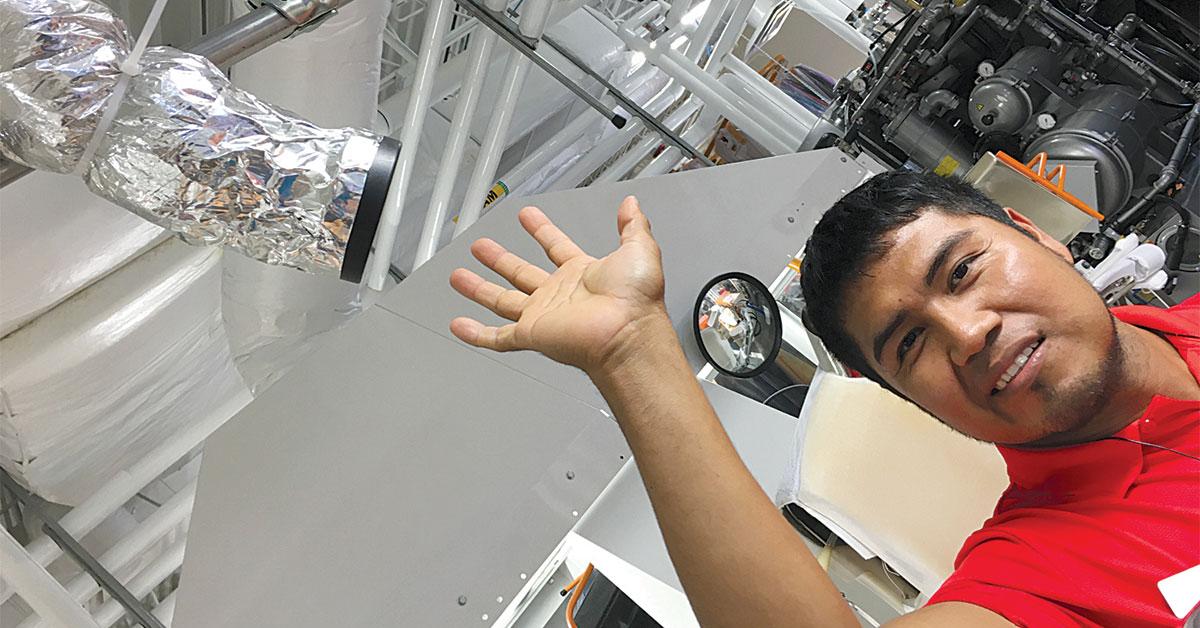CONCORD, N.C. — The production area of a drycleaning plant has never been a real hospitable location to work. Most are a concrete floor, surrounded by steam pipes; with equipment breaking down much of the air flow through the area.
I was once in a finishing area with a 6 1⁄2 foot ceiling and a single 36-inch fan mounted in the back wall to draw air through the area. While locations that have been designed and built from the ground up for dry cleaning are much better; there are still a number of “converted” buildings that have their layout dictated by the space available.
If you are spotting garments in a back corner, behind the drycleaning machine, your work day can be a challenge. There are several little things that require only thought and effort and very little financial investment but can improve the working environment.
Anything that improves working conditions is worth consideration. Productivity may be fine at 9 a.m., but if it has declined by a third at 2 p.m., that is a problem.
BE COOL
The production area of a drycleaning plant usually recalls heat and humidity. It is rare to talk with an operator that has solved this problem for employees.
It is common to find production areas that resemble a wind tunnel during the weeks between mid-June and mid- September. I commend operators that have tried to minimize the heat and humidity of the working environment in their plant.
One of the better efforts I have encountered was in south Georgia, in August. Below a 12-foot ceiling was a slotted, drop ceiling, with A/C vents over each work station. A 24-inch fan was installed between the drop ceiling and the roof; one in the front wall and another in the back wall, to draw the warm air out of the building.
Swamp coolers are by far the most common choice to deal with the heat of the production area. The effectiveness is determined by the variations in outside humidity. By forcing air into the area, warm air is forced to the ceiling and away from employees.
I have been told that hoods installed at a height of seven feet, on a central exhaust duct, are effective in removing rising steam and heat above finishing equipment.
Employees deserve the same consideration as machinery. That includes maintenance of the environment they work in each day.
Managing steam can make a world of difference in the work area.
When leaking valves are spewing steam into the air, they add both heat and moisture, which results in additional discomfort. It also increases burn time for your boiler, which means a higher than necessary fuel expense.
Most leaking valves, when caught early, can be quickly and inexpensively disassembled and inspected. Worn “seats” can be replaced and the valve is returned to service in about 30 minutes.
All steam and return pipes should be insulated, starting at the boiler and all the way back to the return tank. Worn insulation and uncovered steam pipes are a safety hazard and the exposed surfaces will add additional heat to the work area.
There is a good chance that a visit from the Occupational Safety and Health Administration (OSHA) will result in a citation and probably a fine. Do not put it off. It will save you money and make the production area a more comfortable place to work.
Check back Thursday for the conclusion.
Have a question or comment? E-mail our editor Dave Davis at [email protected].

